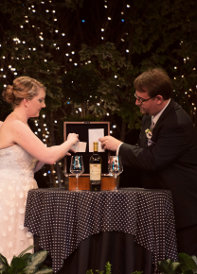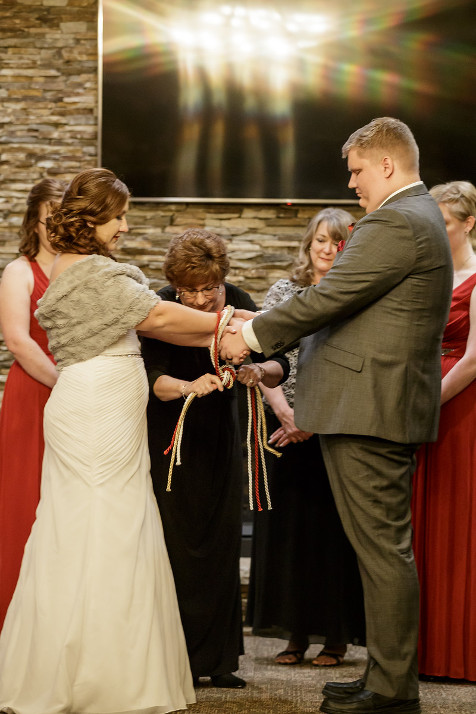Ceremonies to Remember: Family
Ceremonies to Remember is a series of blog posts to run from now to the end of 2020. In each post I’ll reflect on some of the special moments I’ve experienced and some of the creative parts of the more than 400 ceremonies I’ve conducted over the last 10+ years. This week the ceremonies to remember are ones I’ve been privileged to offer for family members.
The first family wedding ceremony I wrote and offered was for my son and daughter-in-law, back in 2013. It was interesting to step back and interact with them as I do with all client couples. I learned so much about each of them, and about their relationship through the process. They were one of the first couples I worked with who chose the Love Letters and Wine Box ceremony as their unity ritual, and it fit them perfectly. They wrote couple’s vows which were offered as a dialogue during the ceremony, and selected an ee cummings reading that was a favorite. One of the most unique elements of their wedding was the setting they chose – our local civic theatre – which was also the site of their first date. The ceremony was a special moment in their wonderful day, and my daughter-in-law still says they “win at weddings”. I hope all couples feel that way about their wedding day!

The second family wedding I was asked to officiate was for my niece and her nephew-in-law. They chose a December date, and were fortunate to have a clear, if cold, day in Wisconsin that allowed all their invited guests to attend. Surrounded by family and friends, they included their families in the ceremony in multiple ways. Both sisters stood with them as bridesmaids. His father offered the reading. The mothers and sisters performed the handfasting unity ritual, sharing wishes for the couple’s marriage. As with my son’s wedding, the role of officiant provided the opportunity to learn more about my future nephew-in-law, and to see them interact as a couple.

These family weddings were indeed ceremonies to remember. I was honored to be asked by both couples to serve as their celebrant. To legally join them in marriage and to create personal ceremonies that reflect their unique relationships was memorable. Those ceremonies stand out as highlights of my career as a Humanist Celebrant to date, and I’ll share more special moments in my coming blogs.
